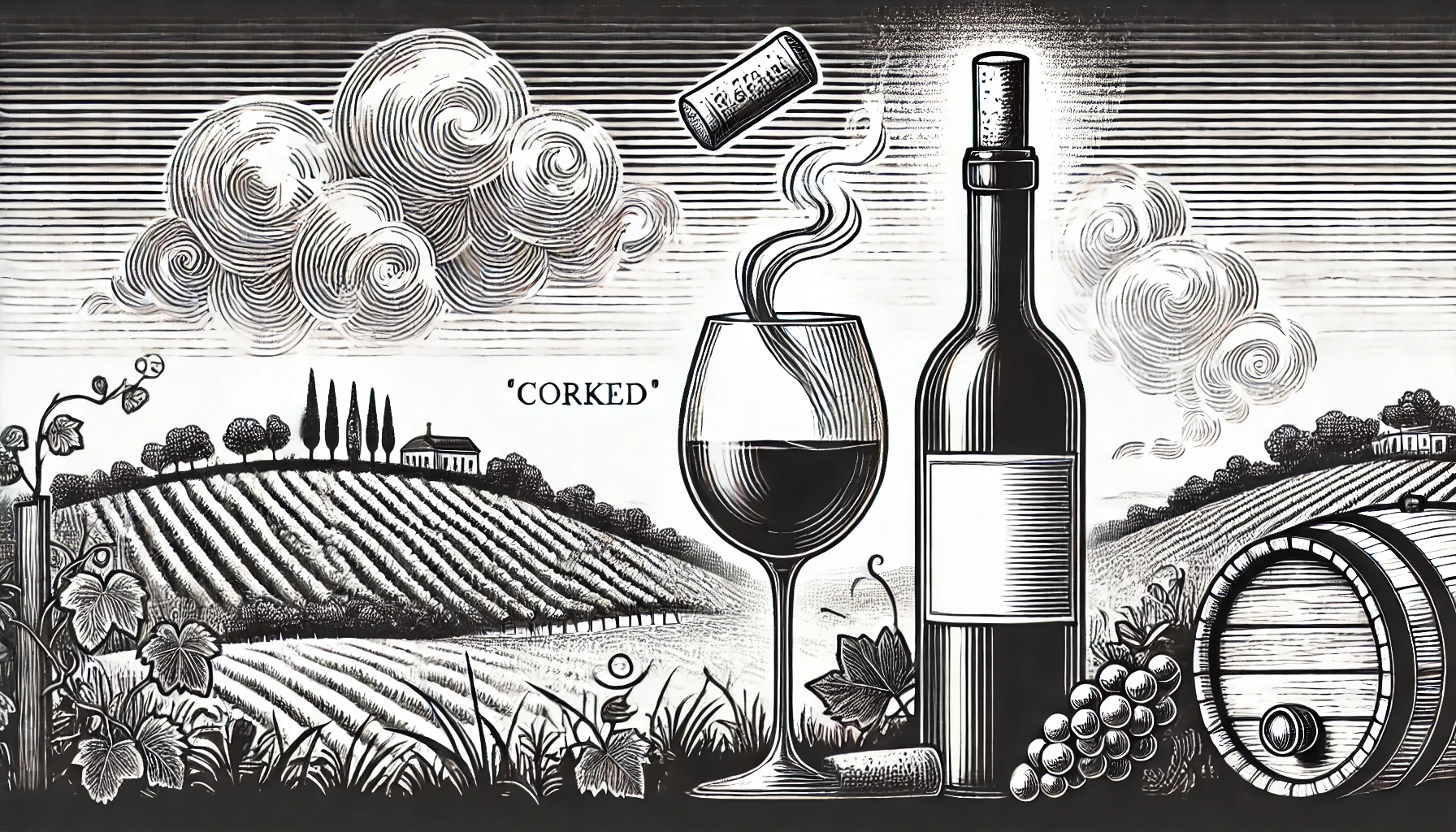
When a wine is described as corked, it refers to a wine fault caused by a tainted cork. The primary culprit behind cork taint is a compound called TCA (trichloroanisole), which is typically formed when natural corks come into contact with mold and certain chemicals used in cork production. The result is a musty, damp odor that resembles wet cardboard or a moldy basement.
A corked wine is immediately recognizable upon smelling or tasting it. The aromas and flavors are often dulled or completely overwhelmed by the musty scent, making it undrinkable for most people. Cork taint can occur in any wine that uses a natural cork closure, and it’s estimated that up to 3-5% of all bottles may be affected by cork taint.
It’s important to note that a wine being corked has nothing to do with actual pieces of cork floating in the wine. A corked wine is specifically one that’s been chemically tainted by TCA, not one that has been physically damaged or mishandled.
In recent years, the wine industry has made efforts to reduce cork taint by improving the quality control of natural corks and introducing alternative closures like synthetic corks and screw caps, which eliminate the risk of cork taint.
Curious about more wine terms and insights? Visit our Wine Wiki section and explore the basic wine terms for expert definitions and tips!